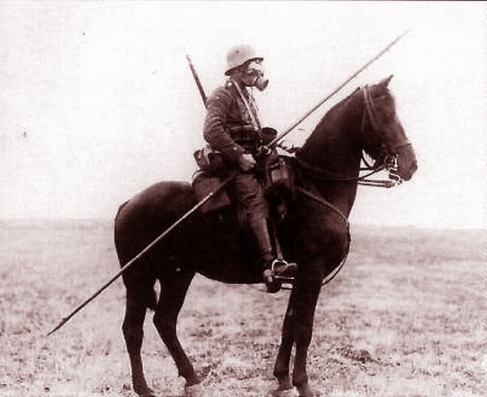The First World War was where the 19th and 20th centuries met, and the image posted above sums it up nicely. The German cavalryman sits atop a beautiful steed, he wears a pair of elegant riding boots and carries a lance; his shiny breastplate and sword have been replaced with two elements created by the world of industrialized warfare: a steel helmet and a gas-mask. He appears to resemble a soldier who would prefer to believe that machine guns and high explosive artillery shells don’t exist, but just in case he brought along this other stuff.
Attached is a column by the admired British war correspondent Ellis Ashmead-Bartlett (1881 – 1931) concerning those distinct elements of the First World War that combined to make it something unique in the history of the world.
Click here to read about the fashion legacy of W.W. I…
Articles about trench warfare can be read here.
KEY WORDS: WHAT MADE WW1 DIFFERENT,what makes ww1 unique,WHAT MADE WW1 UNIQUE,HOW WAS wwi DIFFERENT FROM PREVIOUS WARS,what made wwi different from other warsEllis Ashmead-Bartlett Article,WW 1 Small Unit Tactics,WW1 differences,WW1 Ingenuity,Ashmead-Bartlett Article 1917,Trench Warfare Information,Trench War Information,Would War1 Ellis Ashmead-Bartlett,Trench Warfare as Modern Warfare,Ellis Ashmead-Bartlett War Correspondent












































